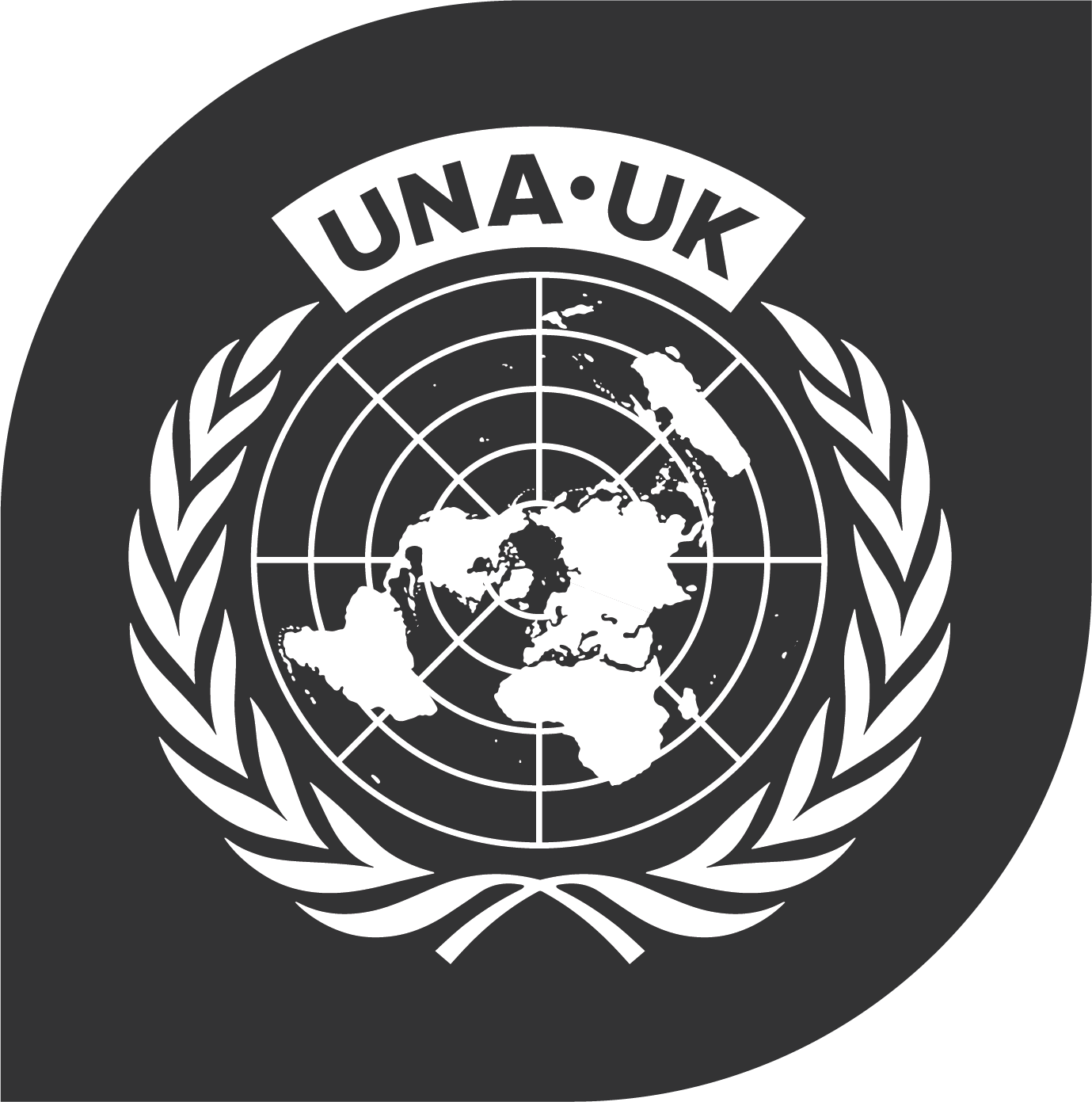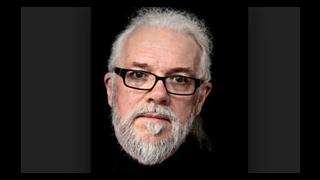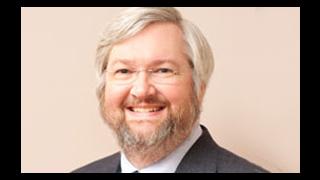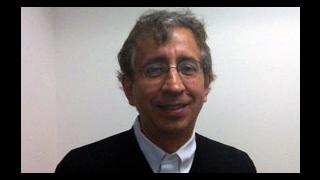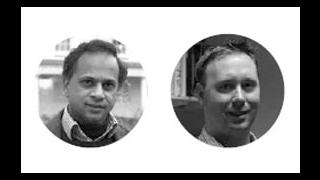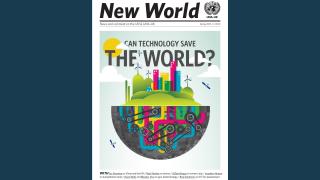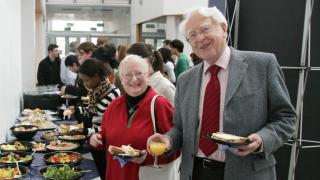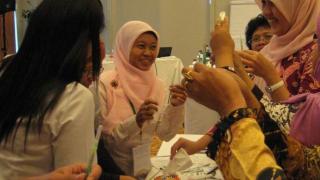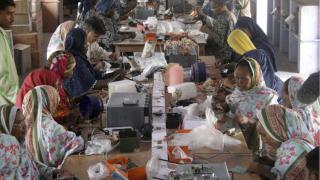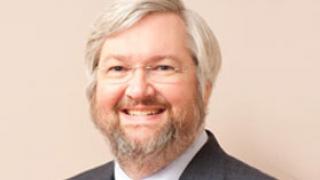
Jonathan Hutson looks at how new technological developments can best be made to serve humanitarian ends
Humanitarian and human rights leaders receive frequent pitches on the potential of technology to respond ever more rapidly and comprehensively to crises around the globe. Yet when every 24-hour news cycle brings buzz of emerging technologies and breakthroughs, how can we know which ones might be worth adopting?
While innovations can be headturning, the primary focus should be on what works best in the field, not whether it is the newest or snazziest thing. So keeping in mind field conditions and the needs and insights of local communities is the best way to identify useful and scalable solutions.
The UN Children’s Fund (UNICEF) has positioned itself as a convenor, collaborator and thought leader in the ethical and effective use of technology for humanitarian purposes. The body evaluates technological proposals according to a set of key principles, the first of which is to keep local users firmly in mind when judging the appropriateness and efficacy of proposals.
What does this value mean in practice? Humanitarian agencies have long understood that local actors need to be at the heart of interventions. It is they who best know the local situation and who can best determine what help is needed. Their needs and views should be central to the whole process of adapting technology, from brainstorming and testing to implementation and evaluation.
A collaborative approach to identifying solutions should involve local leaders and stakeholders. It should also value transparency – by using open-source platforms and by sharing publicly accessible documentation where possible. When the process of innovation includes and meets the needs of marginalised and disadvantaged people, then the resulting solutions are much more likely to work in the field, perform on a larger scale, and be sustainable in the long run.
The Satellite Sentinel Project (SSP), which documents evidence of mass atrocities on the Sudan/South Sudan border, has identified culturally appropriate technology in collaboration with marginalised people in hard to reach places.
In June 2011, the government of Sudan began a campaign of houseto- house killing and indiscriminate bombardment near Kadugli, the capital of the war-torn border region of South Kordofan. The Khartoum regime kicked out humanitarian agencies and banned reporters. Thousands of people sought refuge in the caves of the Nuba Mountains. But these people were not cut off from the outside world: some brought solar-powered laptops and other mobile devices with them.
Researchers tried various techniques of interviewing survivors, showing them maps and asking them to identify locations where they had observed human rights abuses. But there was a cultural gap; many survivors did not understand the maps. Then SSP changed the game with an elegant innovation.
SSP located and interviewed eyewitnesses, assisted by a Sudanese journalist group called Eyes and Ears Nuba. (Click here for visuals of the satelite imagery) Instead of showing them maps, SSP provided satellite imagery of Kadugli. The images dated from before the mass graves were reported, so that the eyewitnesses could point out locations based on their recollections, unprompted by the appearance of freshly dug earth.
Drawn on each image was a grid, with a letter marking each column and numbers indicating the rows. Even people who could not relate to maps instantly understood the satellite imagery. They would place a finger on the image to indicate a mass grave site, and the interviewer would relay: “the eyewitness reported a mass grave in square C2.” And each time, recent satellite imagery corroborated the eyewitness reports, revealing the appearance of mass graves.
This technique works quickly and cross-culturally and could be replicated by frontline humanitarian workers identifying locations related to other types of crises, such as a natural disaster or a global health emergency.
SSP also demonstrated that a collaborative, culturally appropriate approach contributes to rapid and reliable documentation, since it allows for data to be triangulated from multiple sources and drawn from different kinds of information streams. SSP fuses eyewitness reports, satellite imagery and open-source documentation, including admissions by Sudanese officials in Arabic media, as well as still photos and videos from Sudanese journalists and people on the ground.
Technology is morally neutral. It can be used to harm or to heal, to commit a mass atrocity or to document and report one worldwide in near realtime. So humanitarians must embrace technology and apply it to good ends, guided by ethical principles. That means making our ‘toolboxes’ ever more appropriate and available to the most marginalised people in the hardest to reach places, even to families living in caves in a conflict zone.
Jonathan Hutson is Director of Communications for the Enough Project in Washington, D.C., a project of the Center for American Progress to end genocide and crimes against humanity. He is also a spokesperson for the Satellite Sentinel Project, which documents evidence of mass atrocities along the border between Sudan and South Sudan. For more information about SSP, visit www.satsentinel.org
